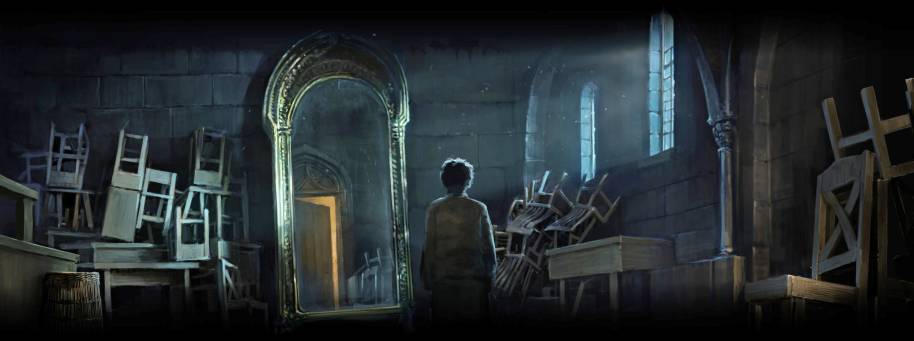
Here’s some of the myths, tales and folklore that could have inspired Philosopher’s Stone.
The Dursleys
Horrible families are present throughout our best-loved folk tales. Much to Harry’s dismay, the Dursleys maintain this with gusto.
Harry’s life at Privet Drive is a lot like the story of Cinderella. Our poor protagonist is forced to do all the chores in old hand-me-down clothes for his wicked aunt, while Dudley acts like two ugly sisters rolled into one. Much like Cinders, Harry is freed from his plight with a little magical intervention. He never had a fairy godmother, but his wizard godfather was much cooler. Also he may not have got a pretty dress but he did get some nice dress robes later on.
Fluffy

There’s a reason why Fluffy was bought from a ‘Greek chappie’ Hagrid met down the pub — he could very well be based on Cerberus, the three-headed dog from Greek mythology. Cerberus was appointed by Hades to guard the underworld, just like Dumbledore used Fluffy to guard the trapdoor at Hogwarts. Like Fluffy, Cerberus also had a soft spot for music, which allowed the hero Orpheus to slip past the original hound from hell after playing him a tune.
The most popular image of Cerberus might be just your average three-headed dog, but Fluffy might have looked quite different indeed. The poet Hesiod claimed Cerberus had a whopping 50 heads (the mind boggles), while other depictions include a serpent’s tail, a mane of snakes and the claws of a lion. Now that’s a pooch only Hagrid could love.
The Mirror of Erised

‘Mirror, mirror on the wall, who is the fairest one of all?’
There are many stories in which mirrors show more than just a reflection. The Snow Queen featured a mirror that distorted reality, neglecting all the good and amplifying the bad and the ugly. The heroine from Beauty and the Beast was given an enchanted mirror by her captor. Most famously, the evil queen from Snow White used hers for a spot of daily validation, though she wasn’t always keen on the result. Obsessively checking the Mirror of Erised is also not recommended.
Sometimes a reflection can be magical enough, as Narcissus would testify (and if that name sounds familiar, you’re probably thinking of Mrs Malfoy). According to the myth, Narcissus saw his face reflected in a lake and fell deeply in love with himself. Besotted by his own beauty, he eventually wasted away at the water’s edge… just as Dumbledore warned that ‘men have wasted away’ before Erised. We’re not sure if that was a metaphor.
The chessmen

To reach the Philosopher’s Stone, Harry and friends are forced to play their way across a giant chessboard… and as we know, wizard chess isn’t child’s play. The chessmen, transfigured to life by Professor McGonagall, mercilessly destroy any pieces that are captured. That’s the last thing you want to witness while you’re standing in for one of the pieces!
Chess has been portrayed as a great game of life and death in other stories too. Many films depict the game of logic played with the Grim Reaper – the metaphor being that chess represents the complexities of life. Jan Kochanowski’s 1500s poem Chess describes a match between two men compared to a battle, and even anthropomorphises the pieces, just like how the chess is brutally played in Harry’s world.
The Philosopher’s Stone itself

This idea didn’t spring from nowhere — the Philosopher’s Stone is legendary in Western alchemy. Just like the one hidden in Hogwarts, the real stone was supposed to turn base metals into gold and silver. At its most advanced phase, the stone was supposed to turn deep red. Whatever the destination, the quest to discover the Philosopher’s Stone led to scientific breakthroughs in chemistry, metallurgy and pharmacology.
The stone’s creator, Nicolas Flamel, was a real historic figure. Flamel claimed to have acquired a mysterious book that, when deciphered, would unlock the secrets of alchemy and made it his life’s work to create the Philosopher’s Stone. Many believed he had succeeded thanks to his wealth (much of which he donated to charity) and the fact he enjoyed an unusually long lifespan for someone born in 14th-century France. He may not have survived centuries like his Harry Potter counterpart but he did live into his late eighties — a ripe old age even by today’s standards.
Want to join the Wizarding World Book Club? Sign up here to read along, gain awards and discover new content every week. You can also join the conversation over on Twitter.

